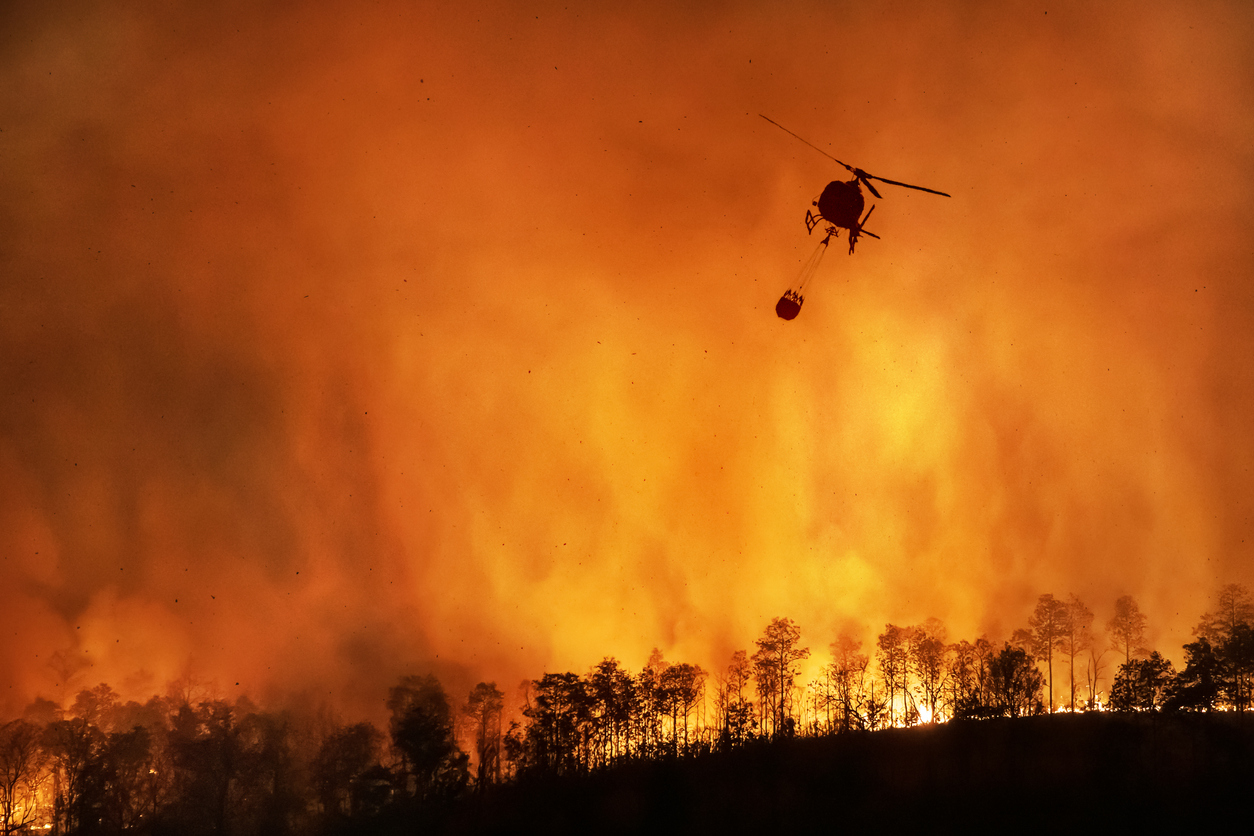The United States has suffered 23 billion-dollar disasters so far in 2023, a record for this point in the year that highlights the country’s struggle to adapt to the effects of climate change.
The list, compiled by the National Oceanic and Atmospheric Administration, includes the fire in Maui that killed at least 115 people, the deadliest United States wildfire in more than a century; Hurricane Idalia, which struck western Florida as a Category 3 storm; and a storm in Minnesota that dropped hail the size of pingpong balls, cutting off power for more than 25,000 homes and businesses.
And that was just last month.
In one sense, the growing cost of disasters is unsurprising. The burning of fossil fuels is causing air and water temperatures to increase, which in turn makes it possible for hurricanes to become stronger, rainfall to become more intense and wildfires to spread faster.
The NOAA data, which tracks the number of billion-dollar disasters in the United States, adjusted for inflation, shows a relatively steady upward march, from three such disasters in 1980 to 22 in 2020. The current year has already exceeded that record set in 2020.
But the growing toll demonstrates more than just the effects of global warming. Since Hurricane Sandy in 2012, the federal government has spent billions of dollars trying to make American communities more resilient to the effects of climate change through investments in sea walls, storm drains, building science, forest management and other strategies.
The rising number of huge, costly disasters shows the limits of those efforts.
The Biden administration, aware of those concerns, is increasing resilience spending. The Federal Emergency Management Agency “has provided historic levels of mitigation funding to help communities build resilience,” Jeremy Edwards, an agency spokesman, said in a statement. Last week, FEMA designated almost 500 communities as “disaster resilience zones,” which are eligible for increased federal funding.
“Rural communities really are on the front lines of climate change,” said Kristin Smith, a researcher at Headwaters Economics, a policy consulting nonprofit group, who has studied the distribution of federal resilience funding. “But many don’t have the resources to do anything about it.”
The Biden administration has also tried to persuade state and local governments to impose stricter building codes, which can drastically reduce the damage from flooding, hurricanes, wildfires and other disasters.
But stricter codes increase the upfront cost of homes, a powerful disincentive as much of the nation suffers through a housing shortage. Despite the federal government’s efforts, only about one-third of American jurisdictions use the most recent building codes, according to the Institute for Building and Home Safety, a research group funded by the insurance industry.
That industry has plenty of reason to be concerned. As disasters become more frequent and expensive, insurers have increasingly stopped writing new coverage in high-risk states like Florida, California and Louisiana. The Maui wildfires raised questions about the viability of the insurance market in Hawaii as well.
As insurance becomes either unaffordable or unavailable, the result can be broader economic decline, pushing down home values and local property-tax collection. That downward cycle, which until recently had been limited to especially calamity-prone parts of the United States, risks becoming more widespread as high-cost disasters become more frequent.
Amy Chester, managing director of Rebuild by Design, a nonprofit group that helps communities recover from disasters, said the United States needed to take climate adaptation more seriously. That means not just spending money on resilience, but also requiring state and local governments to build infrastructure to higher standards.
Adapting to climate shocks also means “having real conversations” about helping people leave vulnerable areas, Ms. Chester added. “Maybe we can’t live everywhere that we’re living.”
In the meantime, she noted that billion-dollar disasters don’t just affect the people who live through them. As federal disaster costs rise, Ms. Chester said, “we are all paying for this.”














